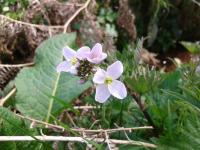National Plant Monitoring Scheme course
The sun is out and spring has most definitely sprung – the swallows are back, the willow warblers and chiffchaffs are singing, the brimstones and bee flies are out. And alongside them some of our loveliest spring flowers are showing their faces. Which, for many of us, means dusting off our Fitter, Rose or Stace and brushing up on our winter-dormant wildflower ID skills! It’s a good time of year to be thinking about botany, and, in particular, about getting involved with botanical recording.
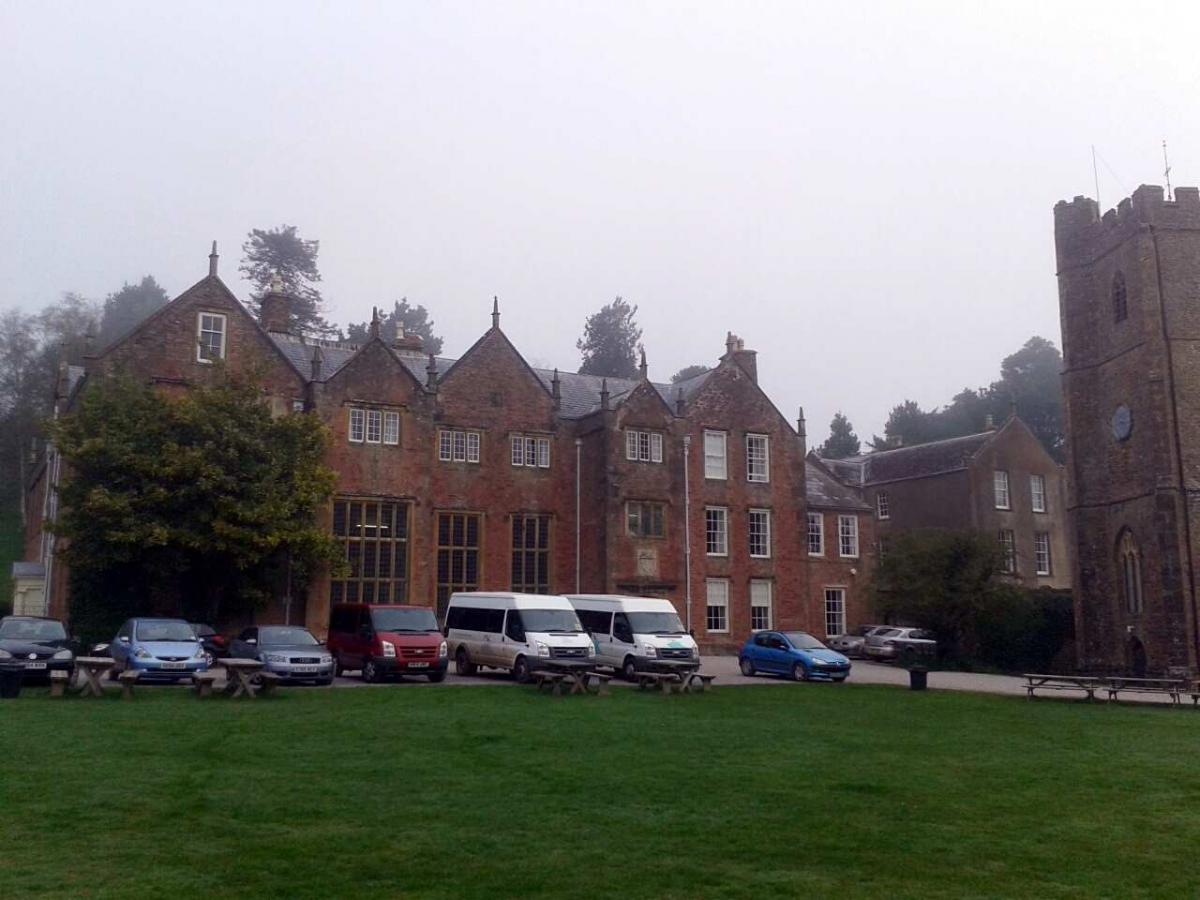 Last week I had the very great pleasure of visiting FSC Nettlecombe to sit in on a National Plant Monitoring Scheme (NPMS) training course. Firstly, Nettlecombe – what a place! The FSC centre at Nettlecombe is a beautiful Grade 1 listed 16th century manor house, nestled in a pretty Somerset valley, and it truly feels miles from anywhere. A brilliant place to forget about the rest of the world and concentrate on...a new, exciting, national citizen science plant monitoring scheme!
Last week I had the very great pleasure of visiting FSC Nettlecombe to sit in on a National Plant Monitoring Scheme (NPMS) training course. Firstly, Nettlecombe – what a place! The FSC centre at Nettlecombe is a beautiful Grade 1 listed 16th century manor house, nestled in a pretty Somerset valley, and it truly feels miles from anywhere. A brilliant place to forget about the rest of the world and concentrate on...a new, exciting, national citizen science plant monitoring scheme!
The NPMS was launched about a month ago, by a partnership comprised of some big hitters in the world of ecology and botany - Plantlife, the Centre for Ecology and Hydrology (CEH), the JNCC (Joint Nature Conservancy Committee) and the BSBI (Botanical Society of Britain and Ireland). The scheme is a newly developed habitat-based, volunteer-lead plant monitoring scheme. The aim is to collect data yearly, to provide an ongoing indication of changes in plant abundance and diversity driven by things such as climate change, habitat loss or invasive species. As the NPMS say on their website,
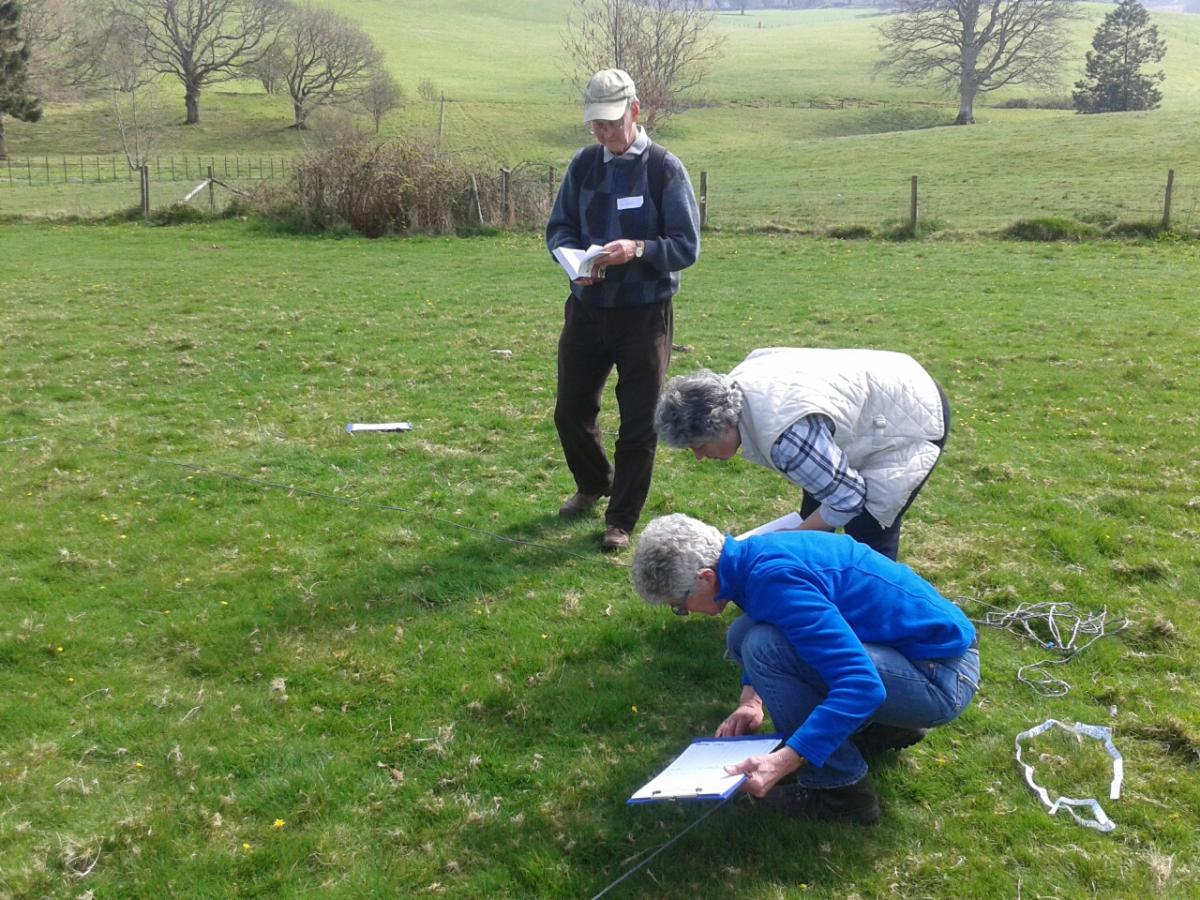 "Plants are the foundation of habitats and ecosystems, but currently we do not have a good measure of changes in plant populations across the country."
"Plants are the foundation of habitats and ecosystems, but currently we do not have a good measure of changes in plant populations across the country."
The NPMS hopes to change this.
Volunteers are randomly allocated a reasonably local 1km square to visit. Within this 1km square they are asked to select five plots in various habitats, either square plots 5m x 5m, or linear plots 1m x 25m which follow features such as verges or streams. Certain plant species indicative of certain habitats have been selected; volunteers look for and record these indicator species within the plots.
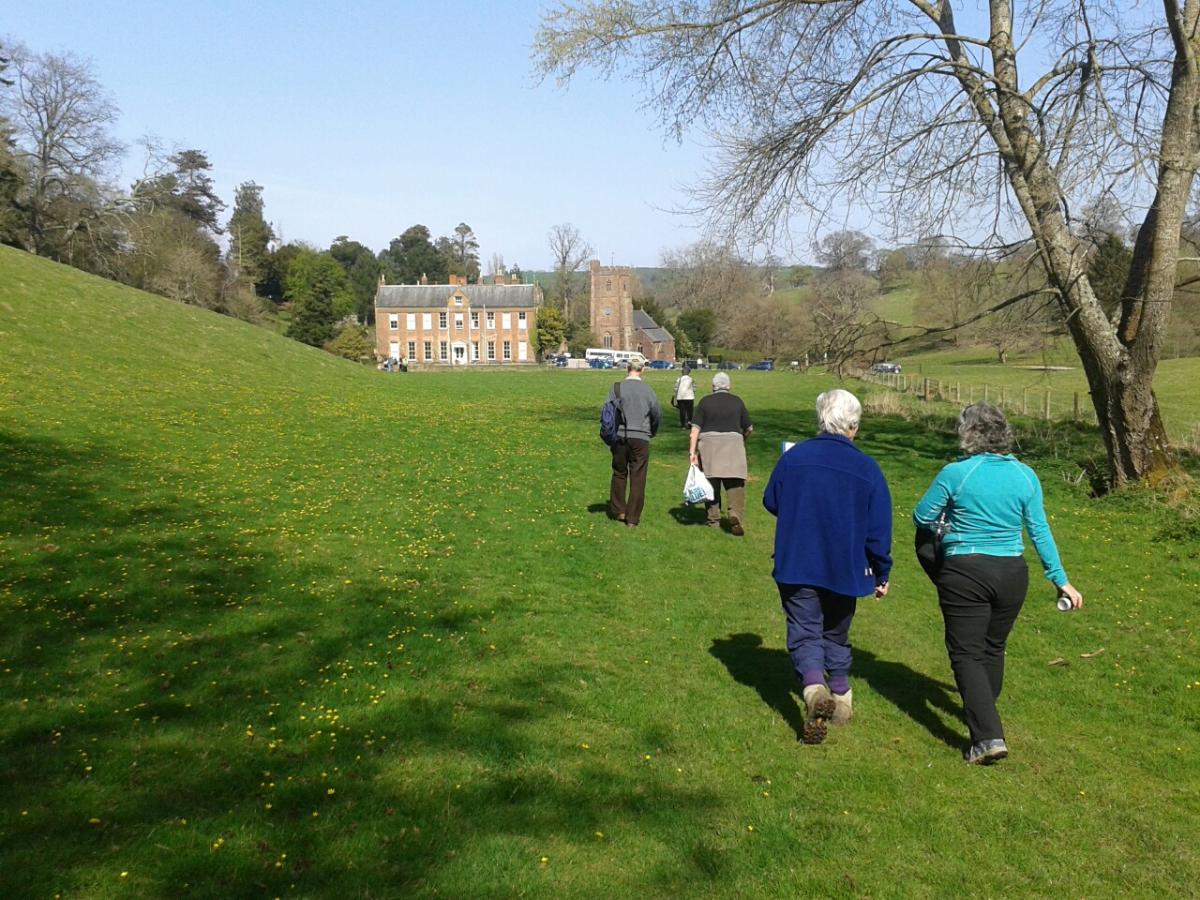 The scheme itself is relatively complex, and so NPMS are running a series of training courses focusing on the survey method, rather than the botanical identification. This allows new recruits to troubleshoot any problems they are having in deciding where to site their plots, and also lets them to have a go at setting up and carrying out an example survey plot.
The scheme itself is relatively complex, and so NPMS are running a series of training courses focusing on the survey method, rather than the botanical identification. This allows new recruits to troubleshoot any problems they are having in deciding where to site their plots, and also lets them to have a go at setting up and carrying out an example survey plot.
One of the great things about the scheme is that different levels of participation are possible, depending on the expertise and confidence of the volunteer. At one level, beginners can look for a smaller subset of plant species; at the other end of the spectrum, experienced botanists can record every single plant species within the plots, regardless of whether they are on the indicator list.
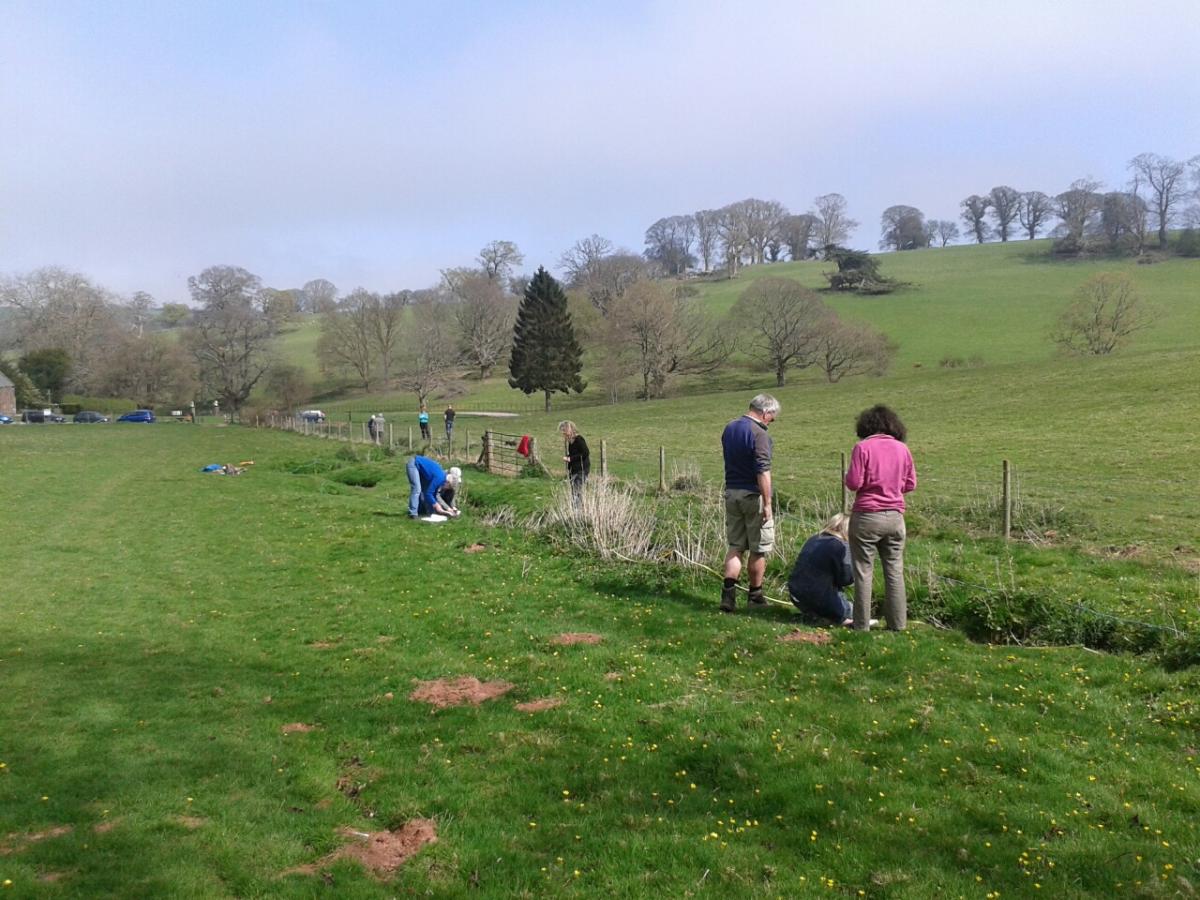 Tom.bio is supporting the NPMS by working with Hayley New - NPMS Volunteer Coordinator for England and Wales - to facilitate some of the NPMS training held at FSC field centres. This collaboration is helping us to explore the idea of directly supporting a survey & monitoring protocol – one of the major focal areas identified during the research and consultation stage of Tomorrow's Biodiversity. Although vascular plants are not themselves under-recorded or under-resourced, they are poorly represented in terms of surveillance & monitoring at the headline indicator level.
Tom.bio is supporting the NPMS by working with Hayley New - NPMS Volunteer Coordinator for England and Wales - to facilitate some of the NPMS training held at FSC field centres. This collaboration is helping us to explore the idea of directly supporting a survey & monitoring protocol – one of the major focal areas identified during the research and consultation stage of Tomorrow's Biodiversity. Although vascular plants are not themselves under-recorded or under-resourced, they are poorly represented in terms of surveillance & monitoring at the headline indicator level.
I had a great time on the course, and it was nice to meet attendees with a range of experience, from seasoned Wildflower surveyors to complete newbies. If you’re interested in becoming a NPMS volunteer yourself, it’s definitely not too late – you can find more information, and sign up, on the NPMS website. I’m looking forward to seeing how this scheme develops, and hoping that Tom.bio can continue to support Hayley and the rest of the NPMS team going forward.
Happy botanising!
- Anonymous's blog
- Log in or register to post comments



